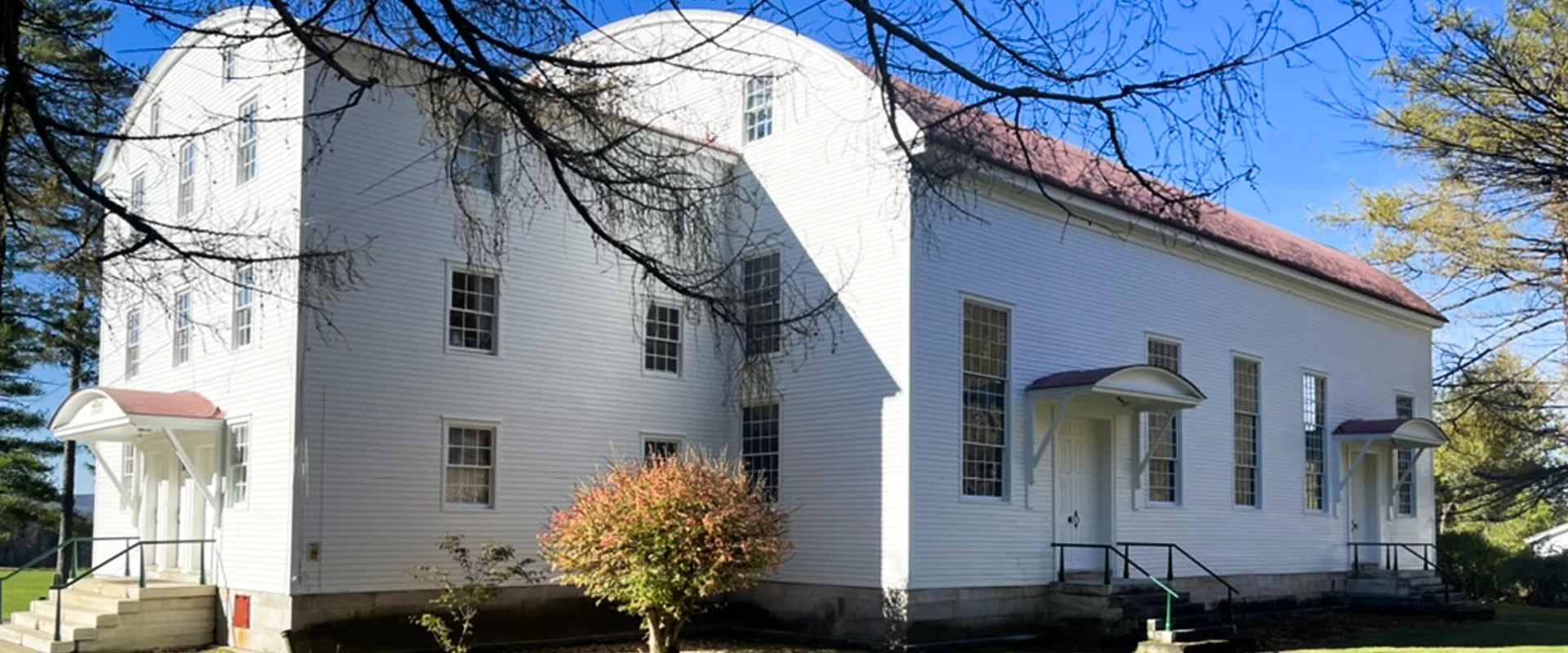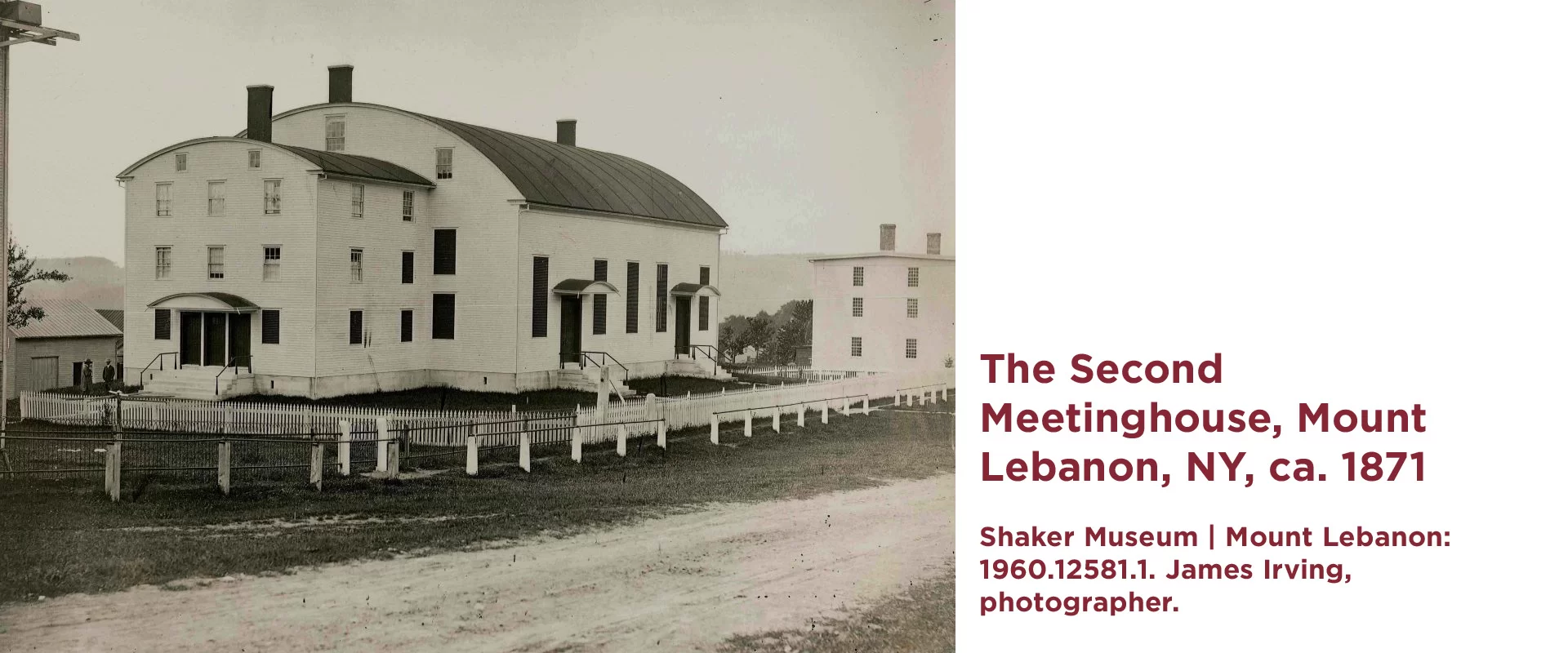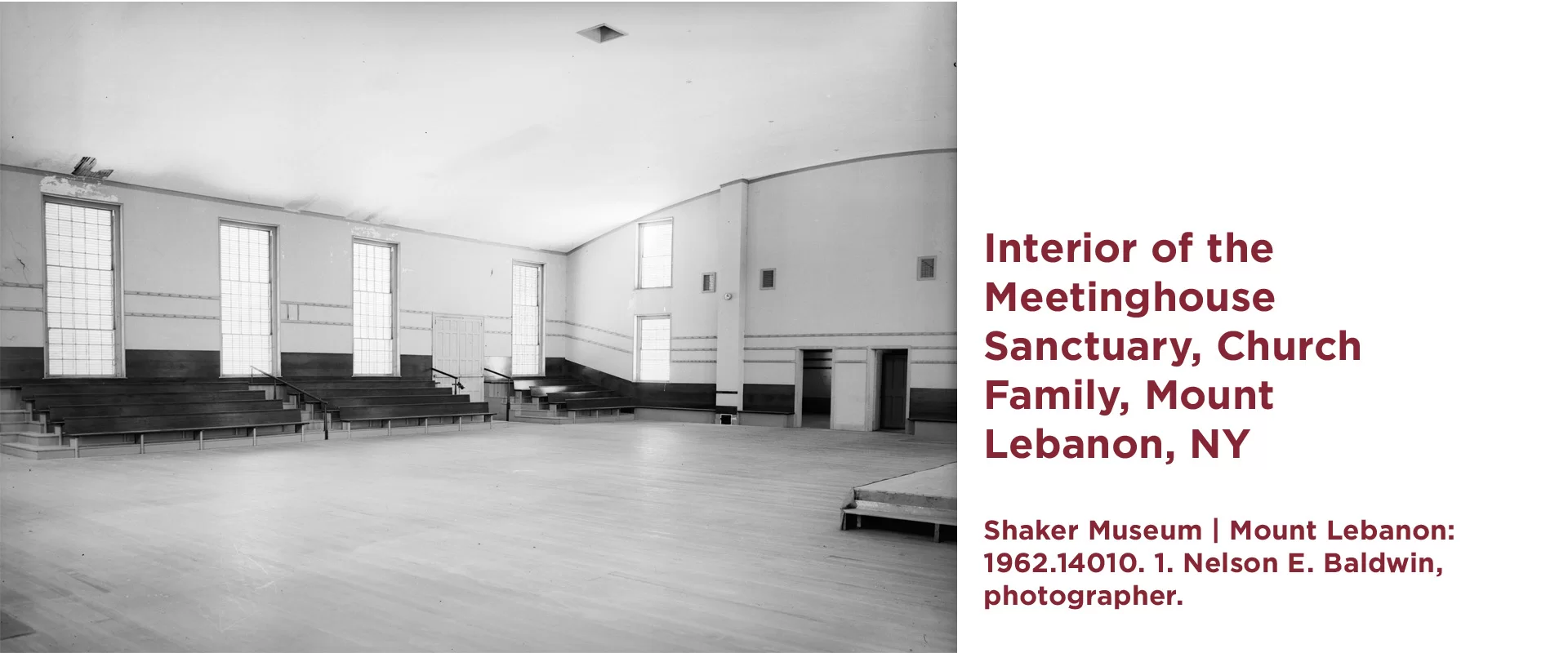
Resource
Heyniger Memorial Library
Our Library, located in the former Shaker Second Meeting House, provides a comfortable, accessible, and attractive space on campus where our community can relax, study, and collaborate. It also hosts an evening Support Study Hall proctored by faculty members.
The Library is a major resource for our students. A collection of almost 13,000 items was developed over the course of 62 years to foster students' intellectual curiosity, sharpen critical thinking skills, provide inspiration, establish context, and widen perspectives for lifelong learning.
As soon as you enter, you'll be surrounded by history, exhilarated by a sense of place that still rings with purpose. Our knowledgeable and responsive full-time Librarian, Ms. Daly, is available to assist with collections and services.
Students and alumni consistently name THE DARROW Library one of their favorite places on campus!
Heyniger Memorial Library
Policies
By borrowing items from the Library, you are agreeing to the following policy: All materials must be checked out at the circulation desk only during the school year.
Lost & Damaged Materials
Returning library materials with damage will be assessed and charged upwards of $15 to cover the 'replacement and processing fee' at the borrower's expense. Failure to return borrowed materials before the school year's end will automatically lapse into 'Lost' status, and the Library will replace the item at material value plus an additional $15 fee to cover the 'replacement and processing fee' at the borrower's expense. Failure to properly check out materials or the removal of reference, reserved/special collections, or periodical materials may be considered theft, which could risk the loss of library privileges and possible fines. (The material fee may be refunded if the lost material is returned before it is replaced; the $15 fee will not be refunded)


NATIONAL HISTORIC CAMPUS
The Mount Lebanon Shakers' 1824 Second Meetinghouse is considered one of the Shakers' most substantial and innovative buildings. Its architectural innovations are well-known and applauded. New York State designed it as one of the most significant examples of vernacular architecture. Darrow first used the Meetinghouse as a gym, and in 1962, it was converted into the Library as we know it today.

